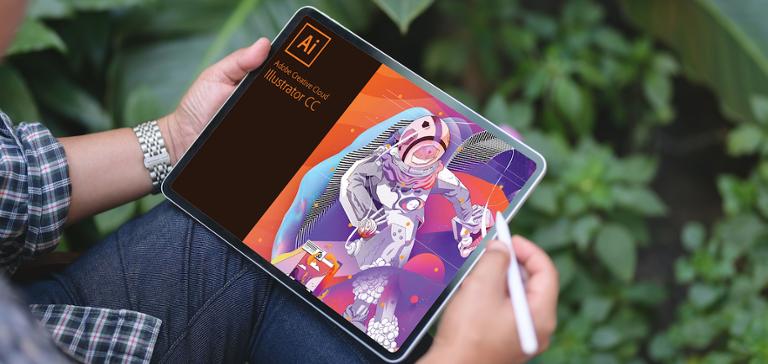Last week, Adobe announced the acquisition of Figma for an eye-watering $20 billion. If the deal goes through (there are antitrust rumblings, apparently), it will have neutralized an up-and-coming rival that emphasizes real-time collaboration in design. Depending on what Adobe does with Figma’s software, the acquisition could also have a significant impact on the workflows of UI/UX designers and other technologists who design and build software.
As TechCrunch recently pointed out, other tech giants have executed similarly huge deals in recent years—IBM purchasing Red Hat for $34 billion, for example, or Salesforce’s $28 billion buyout of Slack. However, Adobe decided to pull the trigger at an auspicious moment for the tech industry: with stocks tumbling and widespread fear of an economic recession, most tech companies are hoarding resources and cutting costs—not executing huge deals.
For anyone interested in working for Adobe, keep in mind that the company pays significant compensation. According to levels.fyi, which crowdsources compensation data for a variety of tech-related roles, software engineers and product managers at Adobe pull down significant salaries in addition to bonuses and stock options:
Product designers at Adobe can also make $177,000 (or more) annually. That's comparable to median earnings for product designers in some of the nation's largest tech hubs, so Adobe is no slouch when it comes to compensation.
According to Lightcast (formerly Emsi Burning Glass), which collects and analyzes millions of job postings from across the country, UI/UX designers between zero and two years of experience can earn a median salary of $82,000, a number that can rise to $110,000 with more than nine years of experience. Meanwhile, Dice’s latest Tech Salary Report pegs the average salary for a UI/UX designer at $101,260 per year, a 10.1 percent increase between 2020 and 2021.
If you want to become a designer, mastering Adobe tools is key; “Adobe” pops up in a huge number of design-related job postings. The strength of your design portfolio will also determine whether you land that great job—make sure it’s continuously updated with your latest and best work. Given its rising popularity, it also wouldn’t hurt to learn how Figma’s offerings work.



